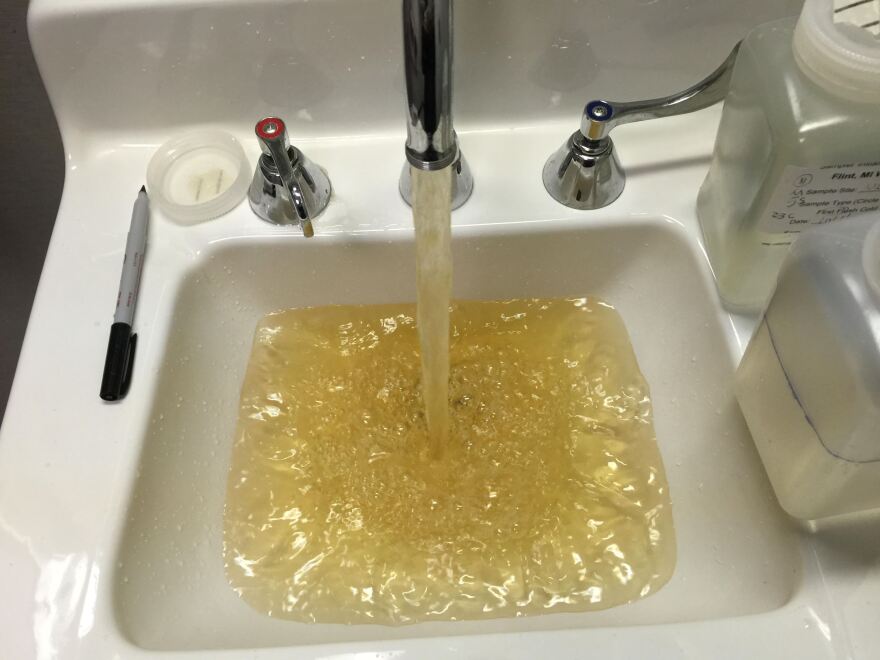One of the most critical points in discovering the full extent of Flint’s water crisis was a study of blood-lead levels in Flint children.
That study, by pediatrician Dr. Mona Hanna-Attisha, found that after the city switched to the Flint River for its drinking water, lead levels in the blood of Flint’s kids doubled. Since then, Hanna-Attisha has become internationally famous, using the attention to fight for the lead-poisoned children of Flint.
But it’s possible she wouldn't have thought to check those blood-lead levels without the help of an old friend from the ninth grade.
Elin Betanzo is an engineer and certified water operator, and she’s been friends with Hanna-Attisha since their early days at Royal Oak Kimball High School.
Betanzo tells us she first got an inkling that something was wrong in April 2014, when she attended a training session sponsored by the Michigan American Water Works Association. It was announced at the event that Flint was signing on with the Karegnondi Water Authority and changing its water source to the Flint River.
“That’s not something that happens every day,” she says. “It surprised me for two reasons. One, they were saying that they were moving off of Detroit water to save money, but usually you don’t save money by going independent. There’s economies of scale, and by having a larger water system, it seems theoretically, if all he economics are working properly, Flint would be saving money to be staying on Detroit. So from an expense point of view, it seemed unusual that they were changing off of the Detroit water.”
Additionally, Betanzo tells us it’s rare that a city will go from a cleaner water source to one that is less clean.
“Usually the reasons for changing a water source are either because the original source is running out, maybe due to drought, or it’s getting contaminated,” she says. Flint had been getting its water from Lake Huron, which according to Betanzo has been and continues to be “a more consistent and high-quality water source than the Flint River.”
At the time, she tells us she thought it was a strange move, but she had faith in the Michigan Department of Environmental Quality as well as the safeguards put in place by the federal Lead and Copper Rule and the Safe Drinking Water Act, and so didn’t think much more of it.
Betanzo says she became aware of the concerns over elevated blood levels in Flint in July of 2014, and was struggling to figure out what she could do to help. It didn’t click until she visited her old high school friend’s house for dinner in August.
“We were talking in her kitchen, and she kind of just mentioned, she was talking about her commute to Flint. I realized when I was talking to her, you know, it all just came together. I’m like, you work in Flint. You’re in charge of the pediatric residency program in Flint. You have access to the children’s medical records. You could do the study that we need. If you do the study and if you document the increase in childhood blood lead levels, this is what would need to happen to make people pay attention to this and actually listen to the residents in Flint.”
Hanna-Attisha took that ball and ran with it. Despite the state’s initial attempts to discredit her, the study became one of the most important first steps toward addressing the water crisis in Flint.
Elin Betanzo tells us more about the Flint water crisis and Dr. Mona Hanna-Attisha in our conversation above.




